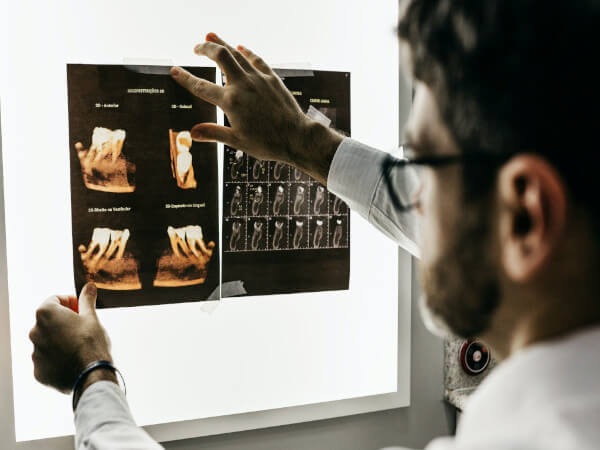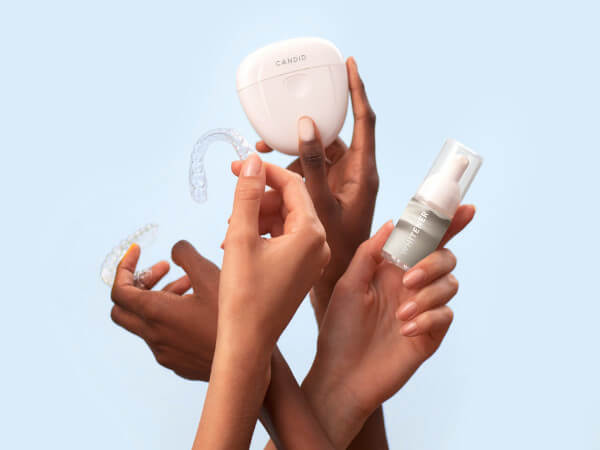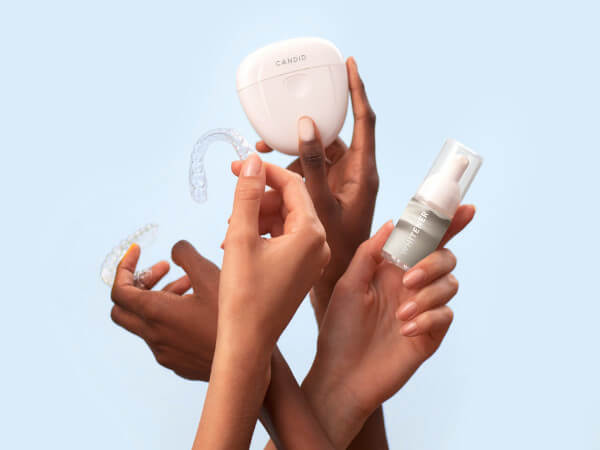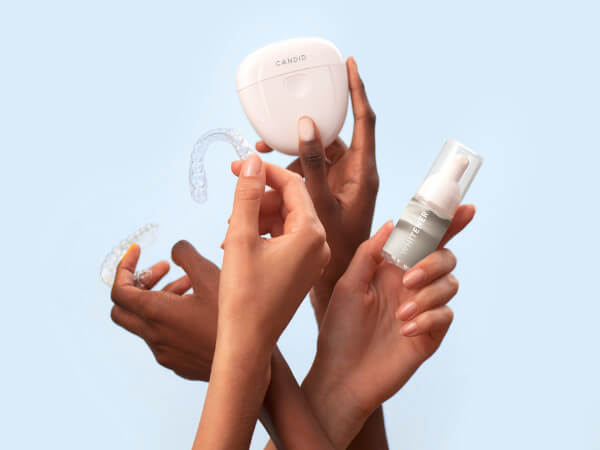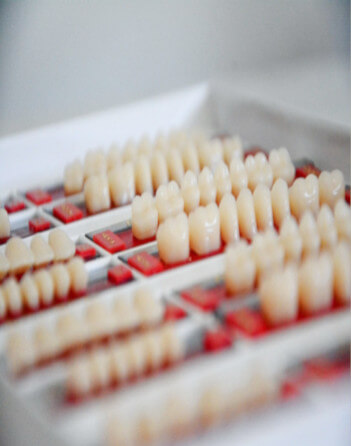Editor’s note: This is the ninth article in a series exploring the business aspects of the dental profession, from starting a practice and marketing to hiring staff and finances.

Dr. Deshpande
If we don’t talk about leadership in a dental office, we aren’t really discussing anything valuable, are we? Because, what is a practice without a great leader? It’s a failure.
Contrary to what most people think, leaders aren’t born, they are made. Some of it comes with experience, other times it is learned. My personal goal is to one day become the most compassionate leader possible, to both my work family and my home family. Fulfilling this big hairy audacious goal means committing every day to reflecting, pivoting and learning.
Here are some of the best advice on leadership that I’ve received from my role models:
1. Based on John Maxwell’s book, 21 Irrefutable Laws of Leadership: “failure of a subordinate, is failure of the leader.” Always remember that true leadership begins with the doctor (not the office manager) and that you need to set the tone of the level of excellence and hard work you expect in your office.
2. According to Justin Short, author of the Lifestyle Dentist podcast, “Most of the time people will set goals of a top 10 practice. However, if you have a team of average or below average how will you achieve those goals?” Consider carefully who you are hiring to be on your team of winners. Will this person help you reach your office goals? If not, why are you even hiring them? Wait for the right person.
3. True measurement of leadership is influence. “We must learn to inspire and motivate people, not manage people.” Think about how you motivate your team and your patients to take actions? Do they quickly follow your advice and treatment plans?
4. According to Guy Raz, author of How I Built This podcast by NPR, “an important aspect of leadership is reflection.” Make it a habit to spend some time journaling, meditating and reflecting on your day. Could some conversations have gone better? Where could you have done better?
5. What gets appreciated, gets repeated. Make it a habit to thank people and mention what you are thanking them for. “I appreciate your leadership in following up with patient S and getting them scheduled! That was very important to me!”
6. From Kim Scott’s book, Radical Candor, “be quick and firm in your reprimands.” Praise lavishly in public, reprimand quickly in private.
7. Communicate regularly with your team, sit down with them and ask for feedback. Sometimes, they are able to see problems before even you can spot them. They also have better solutions. Involve them in the decision making and leadership process. Use their talents to come up with a better system!
8. Make it a habit to read more books on leadership and mindset, listen to podcasts on entrepreneurship, and building authentic relationships within your community.
9. The most important thing we all can do is help others. We are lucky to be in a profession that has plenty of opportunity for us to give back. Are you helping your team members, patients, friends and community members achieve their goals? What more can you do for them?
10, “Find a mentor, hire a coach, and don’t stop investing in yourself.” This is something my dad, one of my biggest role models, told me in 2020 when I was sitting on the couch in the middle of global pandemic, and forced out of employment. I followed his advice and feel like a different person today. If we are not constantly iterating and improving who we are people and leaders, how can we expect that from our employees?
Let’s become role models worth looking up to!
Dr. Sampada Deshpande is a general dentist based in San Francisco. A foreign trained dentist from India, Sampada earned her DDS from the University of Washington in 2018 and is a 2020-2021 UW-LEND fellow. Outside of clinical dentistry, she enjoys teaching at the New Dentist Business Club and improving access to technology in healthcare via her involvement in Samsotech. You can reach her directly at @dr.deshpande on Instagram or visit her website www.sampadadeshpandedds.com for more information.
Editor’s note: We know that finding the right practice can be overwhelming and time consuming. That’s why the ADA created ADA Practice Transitions (ADAPT), a service that matches you with practices that fit your practice approach and lifestyle. We provide customized resources to ensure you feel confident in your decisions and an ADA Advisor supports you during each step of the journey. Learn more at ADAPracticeTransitions.com.
Did you miss our previous article…
https://dentistintulum.com/?p=288



